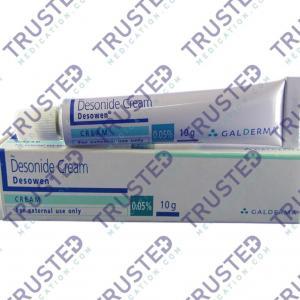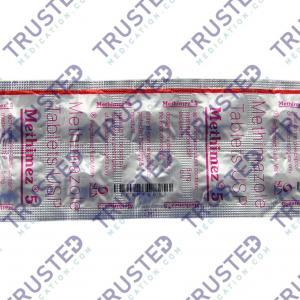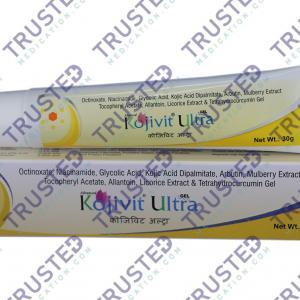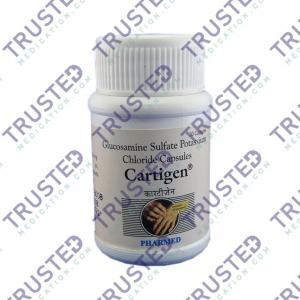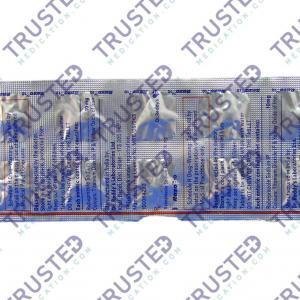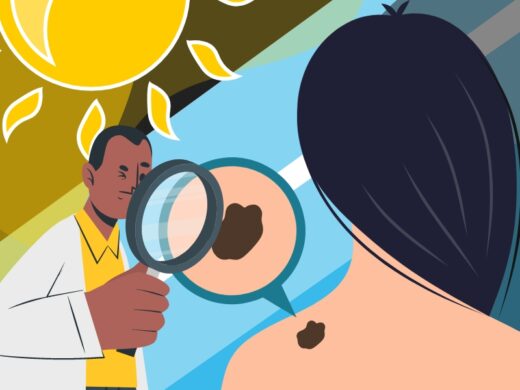
Ultraviolet rays or UV Rays are a form of electromagnetic radiation with a wavelength shorter than that of visible light. UV radiation is present in sunlight and constitutes about 10% of the total electromagnetic radiation output from the sun.
What Effect Do UV Rays Have on Our Skin?
UV rays, either from the sun or from artificial sources like tanning beds, can cause sunburn to your skin. Too much exposure can cause skin cancer, premature skin ageing, and sun damage. It also causes leathery skin, liver spots, solar elastosis, and wrinkles. Also, UV rays can cause eye problems.
How Can UV Rays Be Helpful to the Skin?

Rays from the sun help the skin makes more vitamin D. The amount of vitamin D your skin makes depends on many things, including how old you are, how dark your skin is, and how strong the sunlight is where you live. It is better to get vitamin D from your diet or vitamin supplements rather than from exposure to UV rays. Dietary sources and vitamin supplements do not increase skin cancer risk and are typically more reliable ways to get the amount you need.
Why Does UV Make Our Skin Darker and Hair Lighter?
It is mostly the case with darker skin and lighter hair because the sun bleaches and destroys the melanin in your hair, giving you softer hair. Meanwhile, hair is dead, and the hair will stay that colour until new hair comes in. When the sun appears on your skin, it also destroys melanin.
Can UV Rays Cause Skin Cancer?
Too much exposure to UV rays can cause skin cancer. The most common type of skin cancer is basal cell cancer and squamous cell cancer. Typically, they form on the face, head, hands, arms, and neck because these body parts are the most exposed to UV radiation. Most cases of melanoma are the deadliest kind of the most exposed to UV radiation.
Ultraviolet Light and Other Potential Causes
Much damage to DNA in skin cells results from ultraviolet radiation found in sunlight and in the lights used in tanning beds. But sun exposure doesn’t explain skin cancers that develop on skin not ordinarily exposed to sunlight. It indicates that other factors may contribute to your risk of skin cancer, such as toxic substances or having a condition that weakens your immune system.
Risk Factors of Skin Cancer
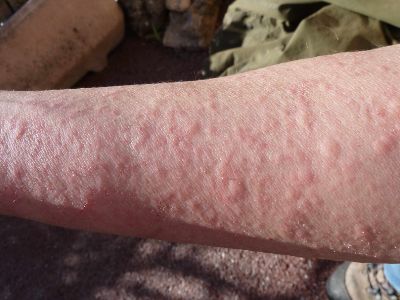
- Fair skin. Having less pigment in your skin provides less protection from damaging UV radiation.
- A history of sunburns. Having had one or more blistering sunburns as a child or teenager increases your risk of developing skin cancer as an adult.
- Excessive sun exposure. Tanning, including exposure to tanning lamps and beds, also puts you at risk.
- Moles. People with many moles or abnormal moles called dysplastic nevi are at increased risk of skin cancer.
- A history of skin cancer. If one of your parents or a sibling has had skin cancer, you may have an increased risk of the disease.
- A weakened immune system. It includes people living with HIV/AIDS and those taking immunosuppressant drugs after an organ transplant.
- Radiation exposure. Radiation treatment for skin conditions like eczema and acne may increase the risk of skin cancer, particularly basal cell carcinoma.
What are the Symptoms of Skin Cancer?
The signs and symptoms of this condition depend on where the cancer develops. Skin cancer affects people of all skin tones, including those with darker complexions. Watch out for the following:
Basal cell carcinoma
- A pearly or waxy bump
- A flat, flesh-colored, or brown scar-like lesion
- A bleeding or scabbing sore that heals and returns
Squamous cell carcinoma
- Symptoms appear on sun-exposed areas of your body
- A firm, red nodule
- A flat lesion with a scaly, crusted surface
Melanoma
- A large brownish spot with darker speckles
- A mole that changes in colour, size, or feels or that bleeds
- A small lesion with an irregular border and portions that appear red, pink, white, blue, or blue-black
- A painful lesion that itches or burns

